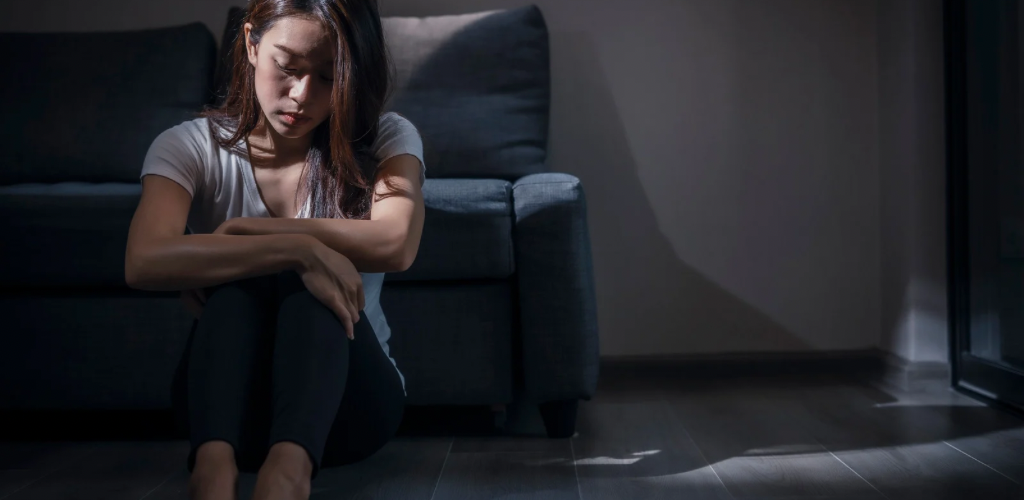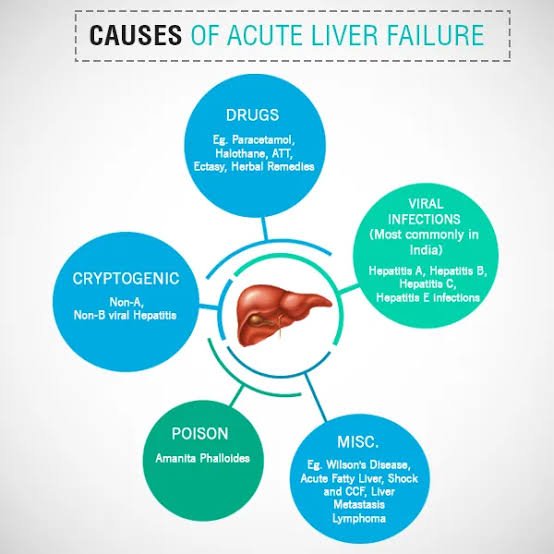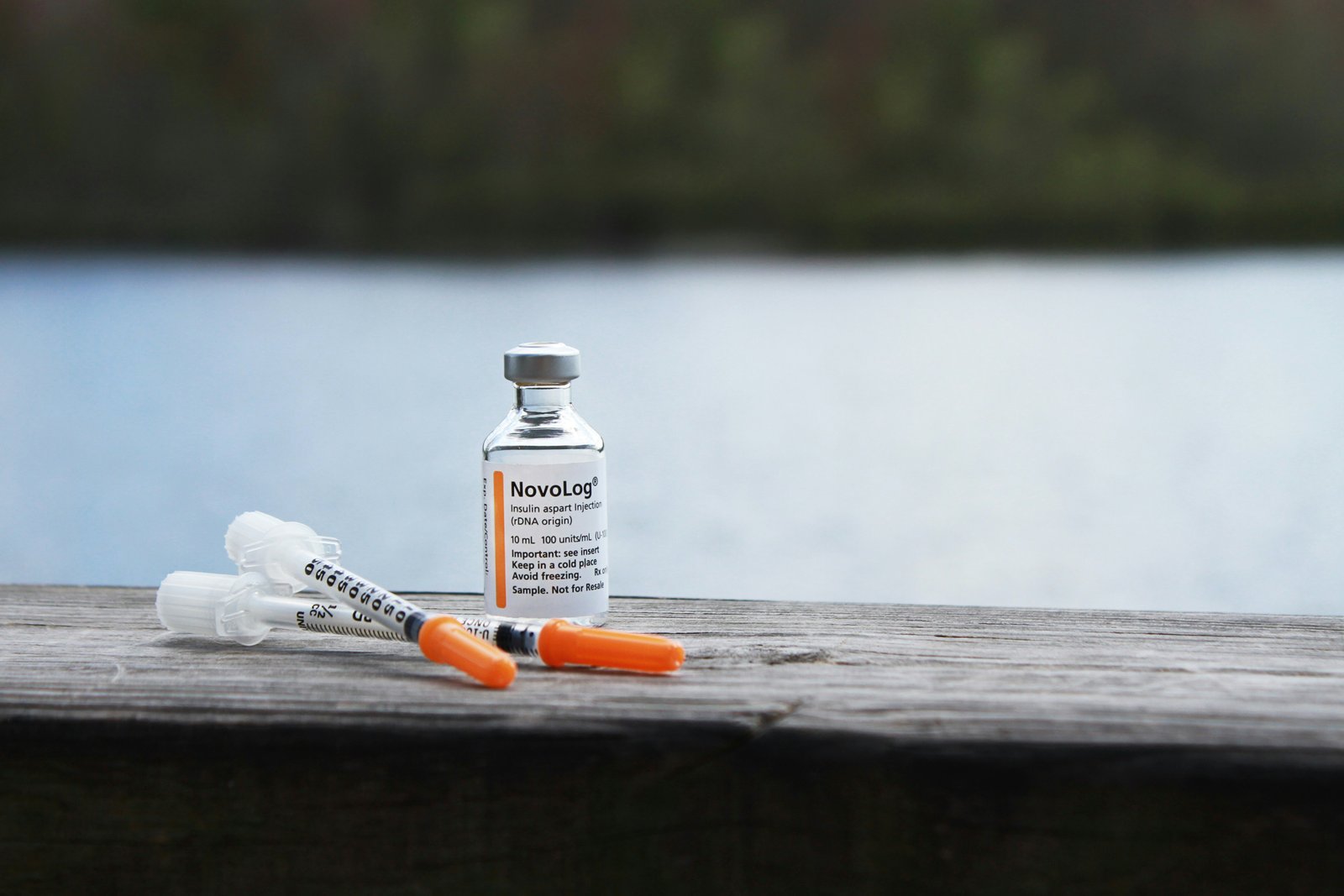When it comes to stroke, knowledge is power. Understanding the symptoms, risk factors, emergency response, and rehabilitation options can make a significant difference in the outcome for someone who experiences a stroke. In this article, we will delve into these important aspects to help educate readers about stroke.
What is a Stroke?
A stroke occurs when the blood supply to the brain is disrupted, either due to a blockage or bleeding. This interruption prevents the brain from getting the oxygen and nutrients it needs, leading to brain cell damage. Prompt medical attention is crucial in minimizing the long-term effects of a stroke.
Recognizing Stroke Symptoms
Knowing the signs of a stroke is essential for early intervention. Common symptoms include sudden weakness or numbness on one side of the body, difficulty speaking or understanding speech, blurred vision, severe headache, and loss of balance or coordination. If you or someone around you experiences these symptoms, it’s important to call emergency services immediately.
Understanding Risk Factors
While strokes can happen to anyone, certain factors increase the likelihood of experiencing a stroke. These risk factors include high blood pressure, smoking, obesity, diabetes, high cholesterol, atrial fibrillation, a family history of strokes, and age. It’s important to be aware of these risk factors and take steps to manage them through lifestyle changes and medical intervention.
Emergency Response
Time is of the essence when it comes to stroke. The acronym FAST can help individuals and those around them recognize the signs and respond quickly:
- Face: Ask the person to smile. Does one side of their face droop?
- Arms: Ask the person to raise both arms. Does one arm drift downward?
- Speech: Ask the person to repeat a simple phrase. Is their speech slurred or strange?
- Time: If you observe any of these signs, it’s time to call emergency services.
Calling for an ambulance is crucial, as emergency medical personnel can provide immediate care and transport the individual to a stroke center, where specialized treatment can be administered.
Rehabilitation and Recovery
Stroke rehabilitation plays a vital role in helping individuals regain independence and improve their quality of life. Rehabilitation programs are tailored to each person’s specific needs and may involve physical therapy, occupational therapy, speech therapy, and counseling. These programs focus on restoring lost functions, retraining the brain, and adapting to any permanent changes caused by the stroke.
It’s important to note that stroke recovery is a journey, and progress can vary from person to person. Patience, support from loved ones, and a positive mindset are essential during this time.
Preventing Future Strokes
While some stroke risk factors may be beyond our control, there are steps we can take to reduce the risk of future strokes. These include maintaining a healthy blood pressure, quitting smoking, managing diabetes and cholesterol levels, staying physically active, eating a balanced diet, and limiting alcohol consumption.
Regular check-ups with healthcare professionals can help identify and address any underlying health issues that may increase the risk of stroke.
Conclusion
By educating ourselves about stroke symptoms, risk factors, emergency response, and rehabilitation options, we can be better equipped to recognize the signs, take immediate action, and support the recovery process. Remember, every second counts when it comes to stroke, so be proactive and share this knowledge with others. Together, we can make a difference in saving lives and improving outcomes for stroke survivors.




